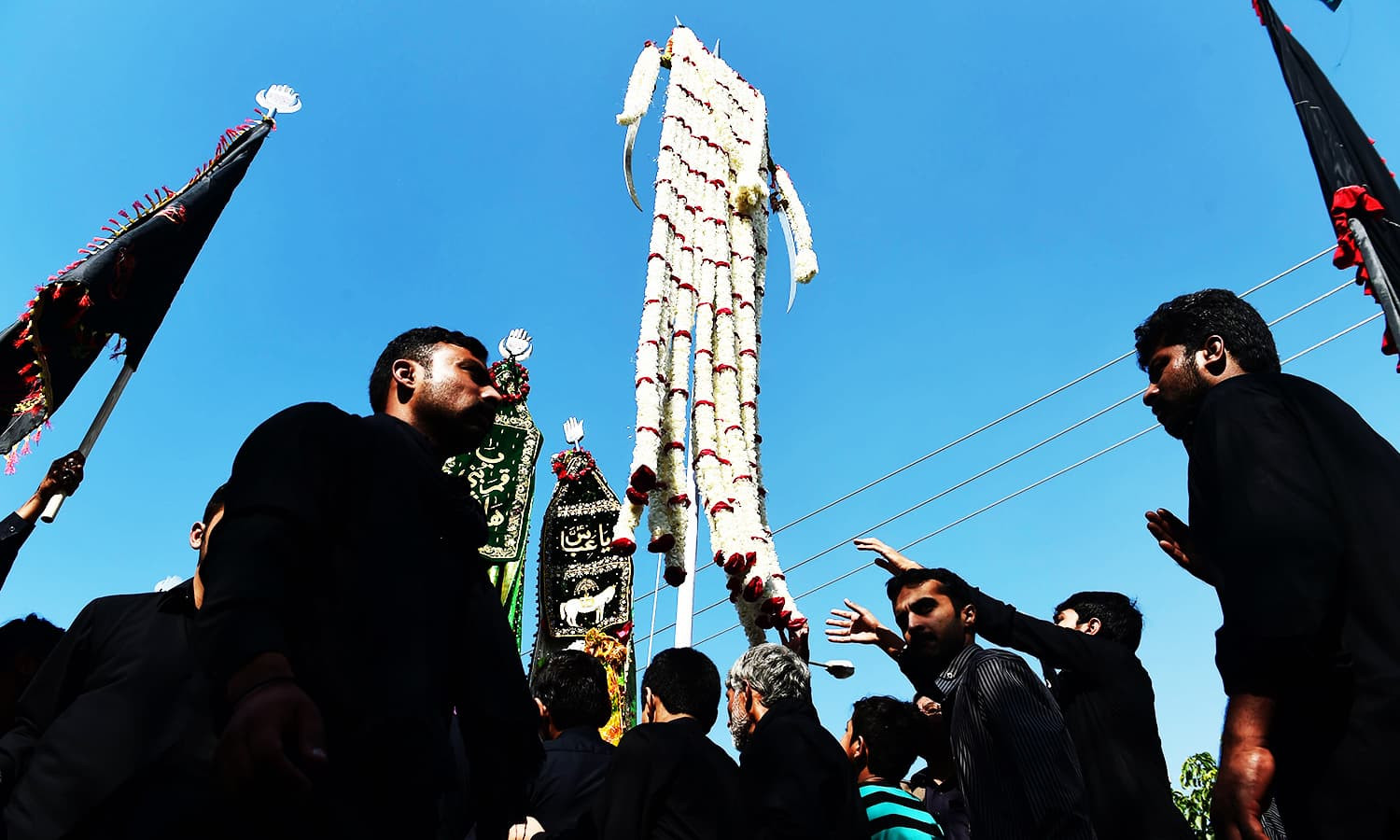
Be it a happy or sad event, Pakistanis know how to keep the traditions alive. Foods such as Haleem and Biryani, synonymous with the sacred month of Muharram, are distributed by the people as part of Niaz-e-Hussain in Islamabad.
Haleem is cooked every year on the 9th and 10th of Muharram and distributed for free. It is the most common niaz offered during this month because it follows the tradition of Hazrat Imam Hussain (RA), who is said to have mixed rice and lentil dish (Kichhra), to share food among the people at Karbala. Many neighbourhoods across the city participate in this practice. Hazrat Imam Hussain (RA) embraced martyrdom in the battle of Karbala.
In the federal capital, a large number of people, individually and collectively, prepare food on the 9th of Muharram. They distribute food and beverages in G6, G1, G8, F8, F7, Karachi Company, Peshawar Mor, Abpara Market, Melody Market, and other areas. During this month, people also set up Sabeels (free water stations) to pay tributes to the martyrs of Karbala. The food and beverage distributions continue until the 10th of Muharram also called Ashura.
Youngsters can be seen making haleem in large cauldrons outside their houses in different sectors of the capital. Due to the high demand, the city often faces a shortage of cauldrons during these days. Shopkeepers charge Rs1,500 to Rs1,700 per cauldron and require individuals to leave their ID cards as collateral. If a cauldron is lost or stolen, the person must pay a significant amount. During this time, cauldrons left outside houses are often targeted by robbers.
A haleem cook, Sarfaraz Khan, mentioned that cooking haleem in large quantities has become very expensive due to high inflation, making it a challenging tradition to maintain.


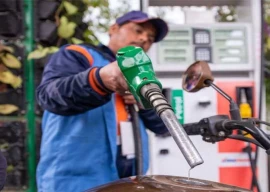

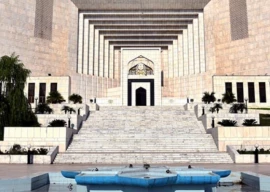


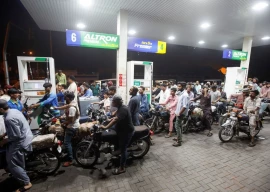

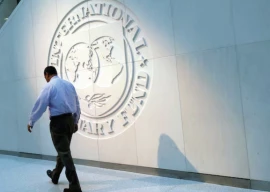







COMMENTS
Comments are moderated and generally will be posted if they are on-topic and not abusive.
For more information, please see our Comments FAQ